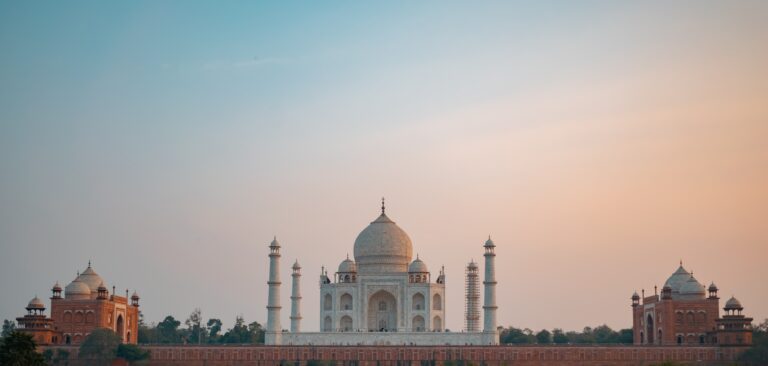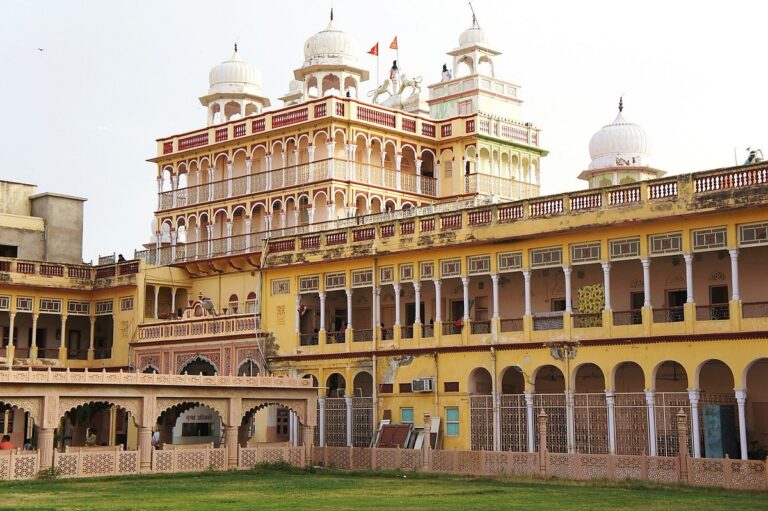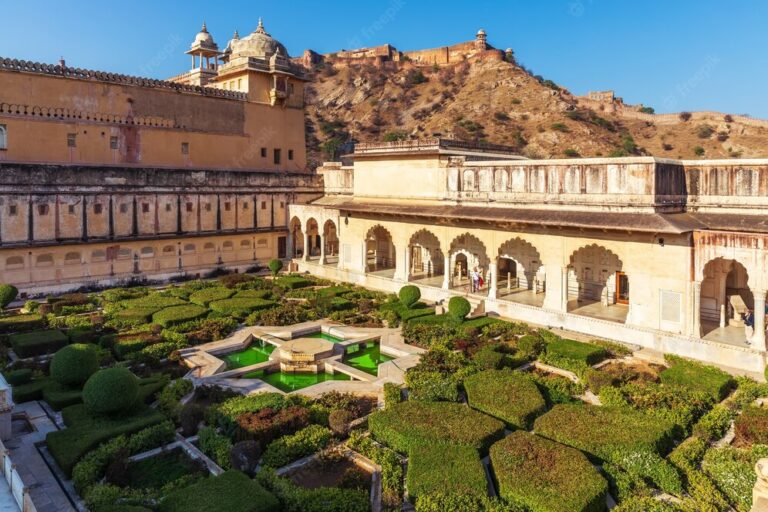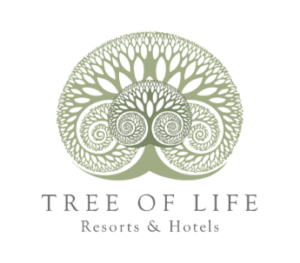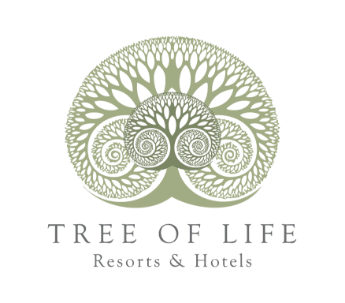Binsar is a wildlife sanctuary, and at the top of the sanctuary at the cliff of Sunset Point lies the leopard group which purr loud enough for visitors to be frightened. This was the place where Swami Vivekananda meditated in the 1890s. In the 1920s and 1930s, it attracted western mystics like Sunyata Baba (Alfred Sorensen) and Lama Govinda (Ernst Hoffman) who are the world’s foremost authority on Tibetan Buddhism. The great poet Rabindranath Tagore, dancer Zora Sehgal, sitarist Ravi Shankar and his brother Uday Shankar stayed here during the 1930s to 1940s. Indian mystics Anandamayi Ma and Neem Karoli Baba were here too, as they attracted many followers like Ram Dass (Richard Alpert) and musicians Krishna Das and Jai Uttal. In 1962, Allen Ginsburg, Beat poets like Peter Orlosky and Gary Synder were here to visit Lama Govinda. They found the place very spiritual and got great inspiration to bond with their skills be it music or poetry. Even today, hundreds of Israelis on Bullets descend on Kasr Devi during the high season to pay their tribute to this hippie Power Center.
You are so close to nature and wildlife, the sounds of the jungle, the purr of the leopards, the uninterrupted views of the Himalayan peaks stretched over 300 km. The amazing beauty of the place was explored by Sir Henry Ramsay, the commissioner of Kumaon from 1856 to 1884, when he shifted his headquarters at Almora to a beautiful bungalow at Binsar. Further he acquired another plot known as Khali Estate. A huge number of such estates owned by the British were later converted into resorts. On the Khali Estate were built the Grand Oak Manor and Mountain Resort, while the Binsar Retreat stood on the land owned by Major Edin. That area is still known as Edinpur.
The older name of Binsar was Bineshwar, an aspect of Lord Shiva. The forests here at Binsar are pious as the Saptarishis meditated here and gave the name Sarkhol to it. The Bineshwar Mahadev Temple was located at the exact center of a mystical cross, with Shiva and Devi temples 14 km north, south, east and west of it.
Once the Binsar check-post is crossed, lies the Golu Devta temple, after which begins the forest track, and it is here that one has to wear rubber sole shoes as the 16 km hike through the forest begins. The walk through the forest of broad-leaf oak and pine begins, the bark of which is used for collecting essential oils used in Ayurveda and also in making incense, turpentine and aromatic insect repellents. At Dhaulchhina, the temple town of Jageshwar, there is a complex of 125 temples, which are of different sizes and shapes. These were built by Katyuri ( in the 7 – 10 AD), and Chand (11 – 18 AD) dynasties of Kumaon, with most of them dedicated to Lord Shiva in his various forms – Baleshwar, Kedareshwar, Mrityunjay, Lakulish and Yogeshwar. The dense deodar trees actually cut off the sun in and around the temples.
Next is the Dandeshwar, with 14 subsidiary shrines, and later is Kasar Devi, which is a hamlet on pine covered ridge, which has awesome views of the Himalayas from Bandarpunch on the Himachal border to Nepal. The Kasar Devi temple is legendary, as in the 60s, Timothy Leary wrote most of his Psychedelic Prayers here, while DH Lawrence spent two summers. The others who made a pilgrimage journey to the ridge are Bob Dylon, George Harrison and Cat Stevens. The Crank’s Ridge lay in a gap in the Van Allen Belt, known to be a radiation zone of high energy particles trapped by the earth’s magnetic field. One could harness one’s meditative powers to optimum levels, with both halves of the brain firing like a well-tuned twin-cylinder engine. It felt like castrating into the CPU of the universe.
Binsar and its surroundings have seen persistent trail of saints and seekers, who come and go, yet the mystical energy that emanates from this region surrounded by the mysterious Himalayas, the divine home of the Gods, remains everlasting.
